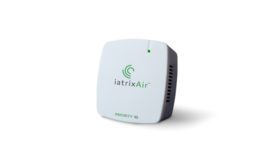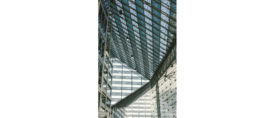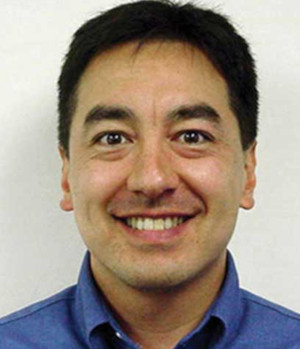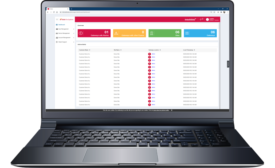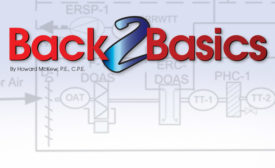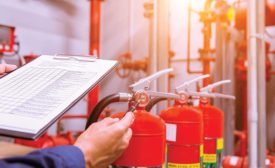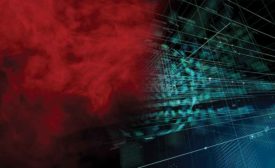Home » Keywords: » smoke detection
Items Tagged with 'smoke detection'
ARTICLES
Life Safety Dampers: Types and Applications
The differences between dampers and the control system requirements affecting their applications.
January 23, 2020
NFPA 99: Smoke Control — Designed for Failure? (Part 2)
Developing the discipline needed to avoid the propensity for wishful thinking in the world of design and commissioning.
August 21, 2019
NFPA 92 Covers Much More than Just Equipment Calculations
While designers may get caught up in the calculations, NFPA 92 covers so much more than just the standard equations.
June 21, 2019
Get our new eMagazine delivered to your inbox every month.
Stay in the know on the latest HVACR engineering trends.
SUBSCRIBE TODAY!Copyright ©2024. All Rights Reserved BNP Media.
Design, CMS, Hosting & Web Development :: ePublishing
